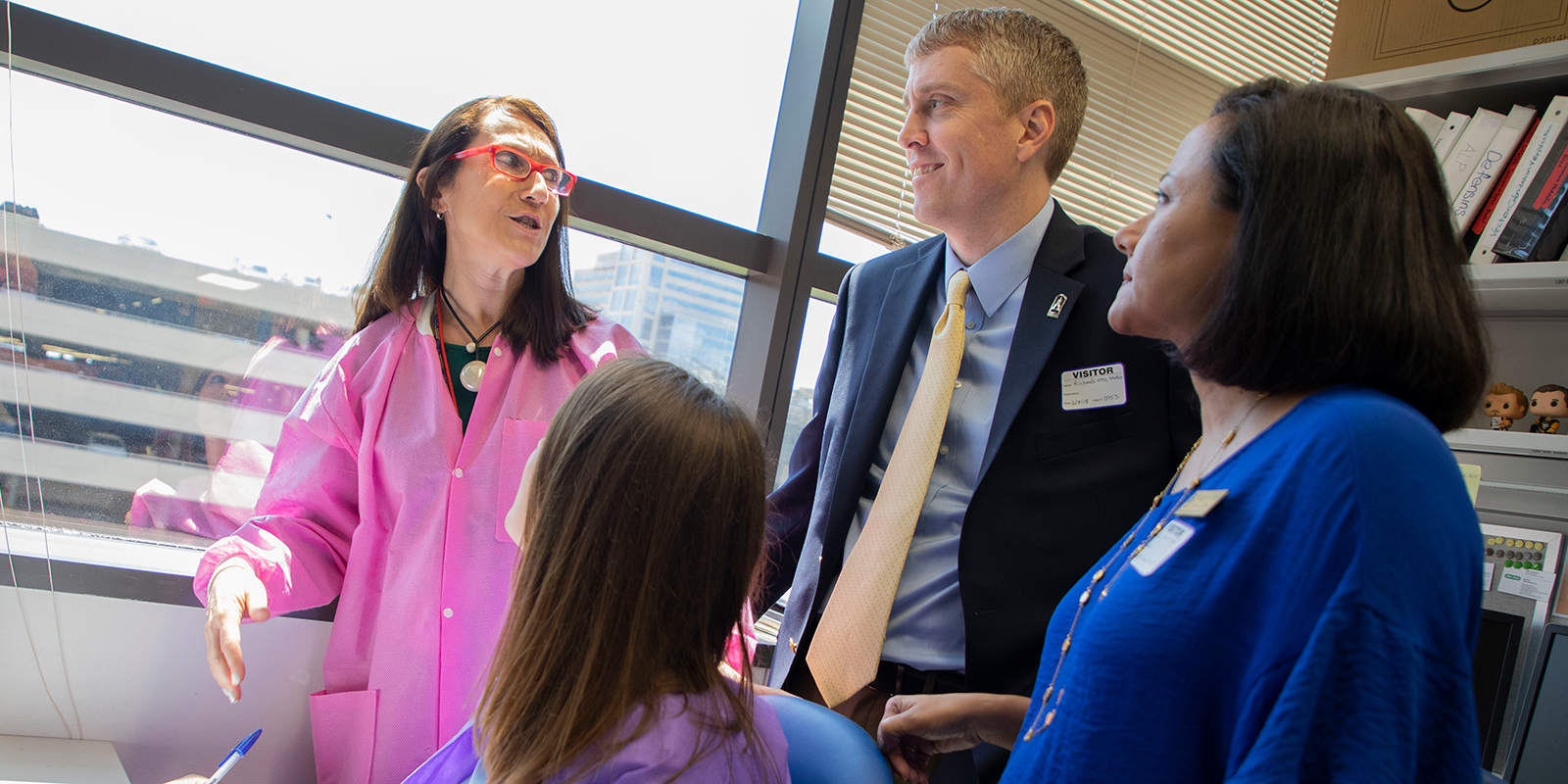Baylor research partners include Princeton, USC and NASA

Baylor researchers have really been turning up some interesting findings in recent months, from the discovery of a mysterious moon mass to learning how certain fish survive in extreme pollution to new clues about the collapse of the Maya civilization.
In many cases, you’ll find more than one professor involved in that research — including many instances where Baylor professors partnered with professors at other universities across the nation (or even around the world). The moon mass, for instance, was a collaboration between researchers at Baylor, Purdue, North Carolina State and NASA; the fish/pollution work included faculty at Baylor, UC Davis, UConn and Indiana; and the Maya excavation included work by experts at Baylor, Northern Arizona, and the University of Copenhagen.
Such partnerships can improve the quality and visibility of the research by matching up complementary academic disciplines and strengths. So — how do these partnerships form?
“At this point in health science research, it is almost necessary to bring investigators with different areas of expertise to answer big, important questions,” says Dr. Sara Dolan, a Baylor associate professor of psychology and neuroscience. “The more expertise that can be brought to bear, the better we can answer research questions.”
As professors learn the strengths and interests of colleagues at other universities, they see places where that expertise could fit with their research. For instance, when Dolan wrote a proposal that would lead to a $3 million grant to improve assessments of children dealing with trauma, she brought in a colleague from the University of Texas at Tyler, Jeff Wherry, who is an expert in child abuse research and assessment development. Similarly, Dr. Sarah Schnitker, a Baylor associate professor psychology, recently received a $2.6 million grant for her partnership with a USC professor to study character strength interventions in teens.
Other projects begin with such a size and scope that they are formed from the beginning needing the expertise of multiple disciplines across multiple universities. Dr. Jung-Hyun Min, a Baylor associate professor of chemistry and biochemistry, recently led a team of researchers from three universities and one hospital in a breakthrough study providing deeper understanding of the process in which DNA damage caused by sunlight is recognized by the body’s molecular repair machinery. The study, supported by the National Science Foundation and National Institutes of Health, connected Baylor professors with peers at Princeton, NYU, and the Memorial Sloan Kettering Cancer Center.
Even when all the researchers come from the same university, partnerships sometimes form in unexpected ways. For instance: A study on inconsistent sleep habits got its start when Baylor psychology and neuroscience professor Michael Scullin and interior design professor Elise King, BS ’08, chatted in the buffet line at new faculty orientation and found a common interest.
Regardless of where it gets its start, academic partnerships require hard work and purposeful relationship building. But as Schnitker says, “It’s so worth the extra effort!”
Sic ’em, Baylor research collaborators!

